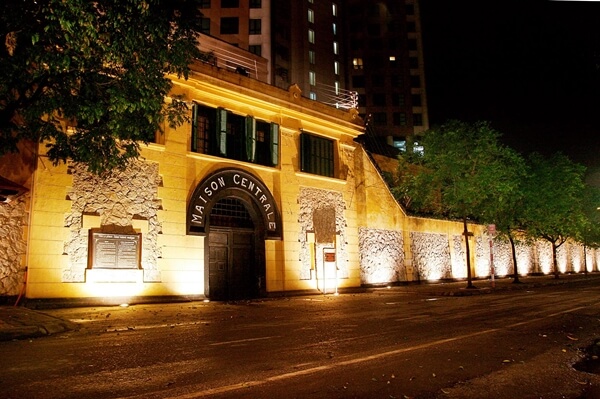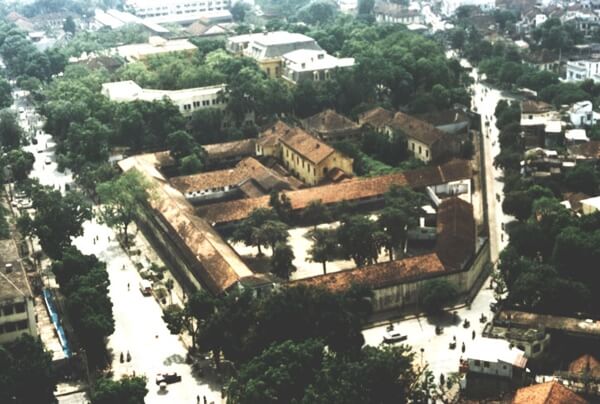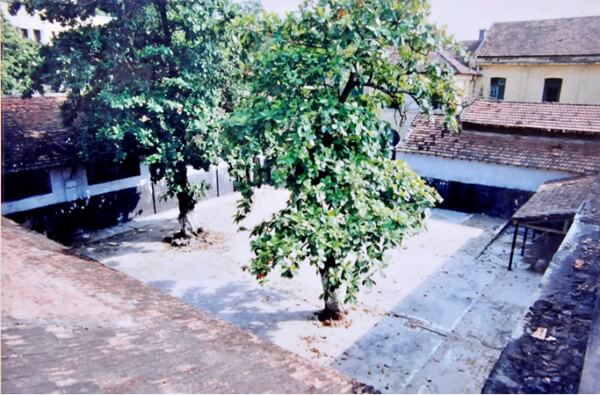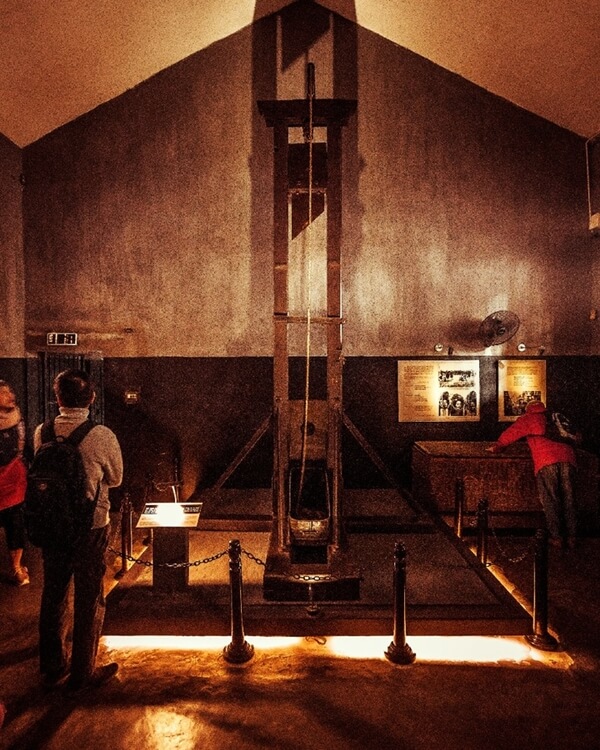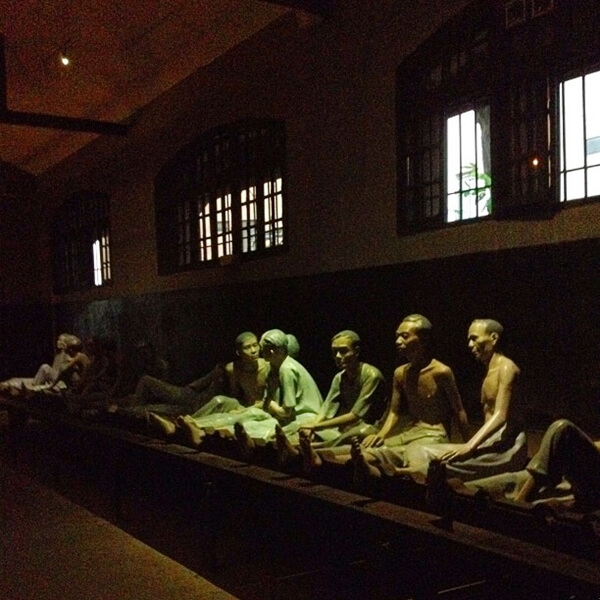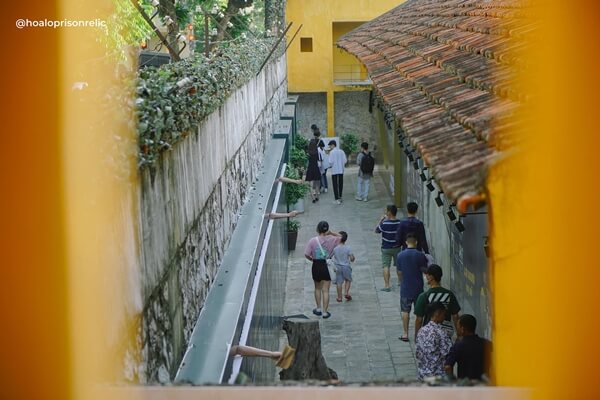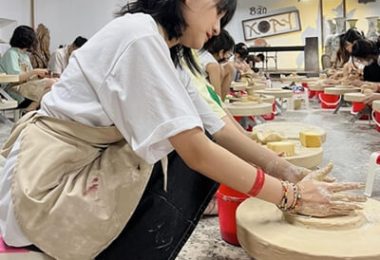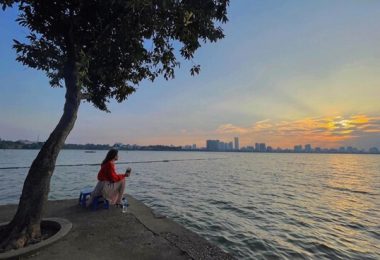Often referred to as “hell on earth,” Hoa Lo Prison stands as a chilling reminder of Vietnam’s colonial past and the resilience of its people. Built by the French in 1896, this prison was once the largest in Indochina and was notoriously used to detain and torture Vietnamese revolutionaries.
1. A Place of Suffering and Strength
Originally located in what was then Phu Khanh Village (Vinh Xuong Commune, Tho Xuong District), the prison was known as Maison Centrale to the French. It later became known to locals as Hoa Lo—“fiery furnace.” Behind its thick walls, many patriotic soldiers, including future leaders of Vietnam, endured brutal conditions.
Nicknamed “the land of the dead,” the prison was designed for control and pain. Prisoners faced severe torture, forced labor, and inhumane living conditions. Yet amid the darkness, stories of bravery, escape, and defiance emerged—powerful symbols of Vietnam’s fight for independence.
2. What to See Inside Hoa Lo Prison
Today, only about 2,400 square meters of the original structure remains, preserved as a museum. The site is divided into four main sections—Zones A, B, C, and D—each with a specific function during its operation.
2.1. The Guillotine
One of the most haunting artifacts is the guillotine, brought from France. This chilling device was used to execute political prisoners, including during the Yen Bai uprising in 1930. Its presence alone evokes the cruelty of colonial rule.
2.2. The Dungeon
Deep inside, the dungeon was the prison’s darkest corner. Prisoners were shackled in pitch-black isolation, enduring physical abuse and starvation. These harsh conditions caused many to fall ill or die within days.
2.3. Escape Attempts
Despite its strict design—with imported French locks, iron doors, and guards—some revolutionaries managed to escape through underground sewers. Many returned to continue fighting for Vietnam’s liberation.
3. Visitor Information
- Address: No. 1, Hoa Lo Street, Hoan Kiem District, Hanoi
- Hours: 8:00 AM – 5:00 PM (Open on Vietnamese holidays)
- Tickets: 30,000 VND per person
- Website: hoalo.vn
- Phone: +84 24 3934 2253
Public buses (routes 02, 32, 34, and 38) stop nearby, or you can easily reach it on foot or by motorbike if you’re already in Hanoi’s Old Quarter.
4. Visitor Tips
- No explosives or large luggage allowed.
- Smoking and touching exhibits are prohibited.
- Incense and flowers may only be offered in designated memorial areas.
- Park in marked areas outside the museum.
5. A Site of Reflection and Tribute
After Vietnam’s liberation in 1954, Hoa Lo was used to detain lawbreakers and captured American pilots during the Vietnam War. Today, it serves as a museum, showcasing artifacts, photographs, and recreated prison scenes that reveal the harsh reality of colonial oppression and the unbreakable spirit of those who endured it.
A visit to Hoa Lo Prison isn’t just about history—it’s a moment of reflection. It’s about understanding pain, sacrifice, and the courage that helped shape a nation. If you’re in Hanoi, take the time to walk through its iron gates and witness a piece of Vietnam’s soul.
6. Nearby Attractions
After your visit, consider stopping by nearby landmarks, such as Quan Su Pagoda, or taking a peaceful walk around Hoan Kiem Lake—both are just a short distance away.

